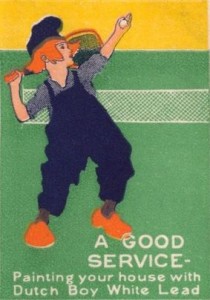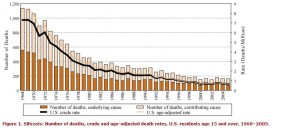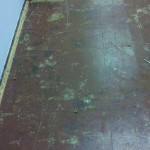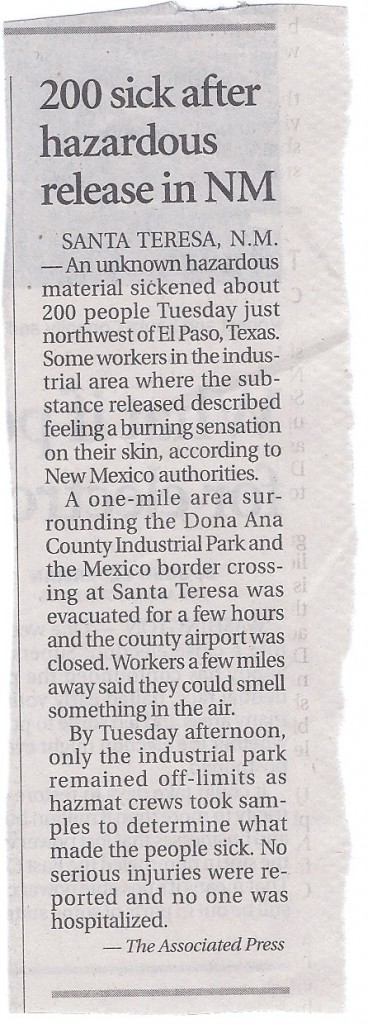Thu 29 Nov 2012
Construction Lead Paint – the basics
Posted by admin under Admin Controls, Bio Exposure Index, Biological Monitoring, Engineering Controls, Hazard Communication, industrial hygienist, Lead, Leaded Sheetrock, OSHA, PEL (Perm Exp Limit), Personal Protective Equip (PPE), Respirators, Training
Comments Off on Construction Lead Paint – the basics
Looking back at my lead in construction posts, I realized I did an inadequate job of summarizing why construction activities are dangerous when working with lead.
If you work in construction, here’s are the quick points as to why you should be concerned about lead.
- There has been A LOT of lead added to paint over the years. (it can vary 0.01% to upwards of 20%, and there’s no way to tell by looking)
- The activities we do in construction disturb this paint (some worse than others)
- You can be exposed to paint by inhaling it (if it is airborne), and if you happen to get it on your hands and you eat it (by transfer).
- The real concern is kids. (your kids, the kids who might be there after you’re gone, AND, the kids unborn (lead exposure can go from mom to baby)
The solution is simple (and, of course, more complicated as you dig in):
- test the paint to see if there’s lead in it
- if you disturb it, follow the rules (OSHA, EPA, HUD, City, etc.)
- train your employees (and measure the lead in their blood)
- prevent the dust from going everywhere (containment)
- measure the air to see if you are really screwing it up, or doing a good job.
- finally clean up. (the area, you, your hands, the perimeter) and dispose properly

 In contrast, a remodeling company installing a floating laminate hardwood over asbestos 9×9 inch tiles (without damaging them) is [probably*] NOT causing airborne releases of asbestos.
In contrast, a remodeling company installing a floating laminate hardwood over asbestos 9×9 inch tiles (without damaging them) is [probably*] NOT causing airborne releases of asbestos.

